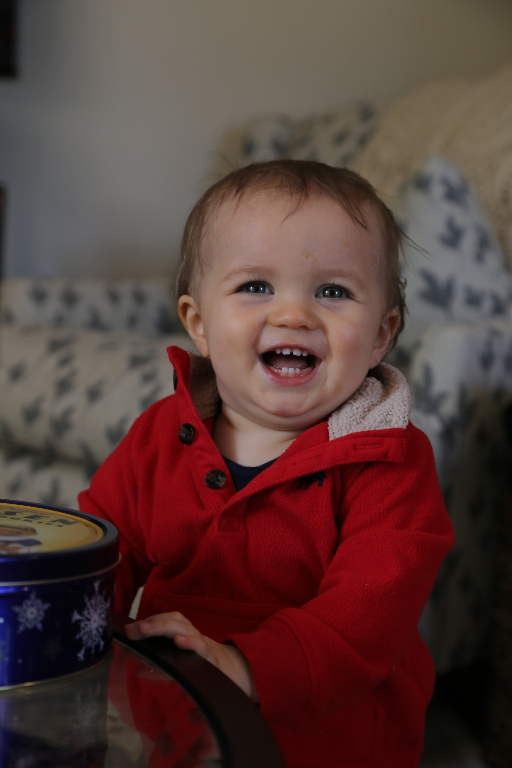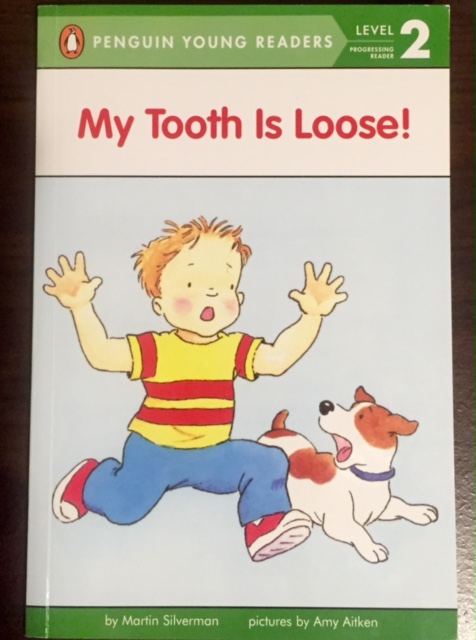February is the official National Children's Dental Health Month, as recognized by the ADA. Thousand Oaks Family Dentistry will be rolling out weekly topics relating to pediatric dentistry all month long. Make sure to check back regularly to catch all the great information.
One of the most immediately noticeable features of baby teeth is the pearly white shade of their dental enamel. Many times, parents are surprised to find that their child's first adult teeth aren't nearly as bright as their predecessors. Has your child lost their Hollywood smile? Fear not, this is completely normal!
While baby teeth are made of the same enamel and dentin as adult teeth, the ratios and compositions are slightly different. The inner dentin layer of the tooth is generally more opaque than enamel and tends to pick up pigments from the foods we eat or drink. In the baby teeth, the ratio of enamel to dentin is considerably higher. Thus, the teeth appear more white and tend to develop less deep staining. On the flip-side, the overall thickness of dentin and enamel is much less in baby teeth. This means that cavities can reach the nerve much faster than the adult counterparts.
Primary first molar versus adult first molar. Notice how the enamel is relatively thicker in the baby tooth, while the overall thickness of both layers is much less than the adult tooth.
What if your child doesn't have perfectly white teeth? That's a tough question to answer without a complete dental exam, but it can be due to a number of reasons. Cavities, congenital defects in tooth structure and certain types of plaque and tartar can all stain baby teeth. Your best bet is to bring your child in for regular dental checkups. To schedule an appointment today, or to learn more about baby teeth and oral health, please give our office a call!
























